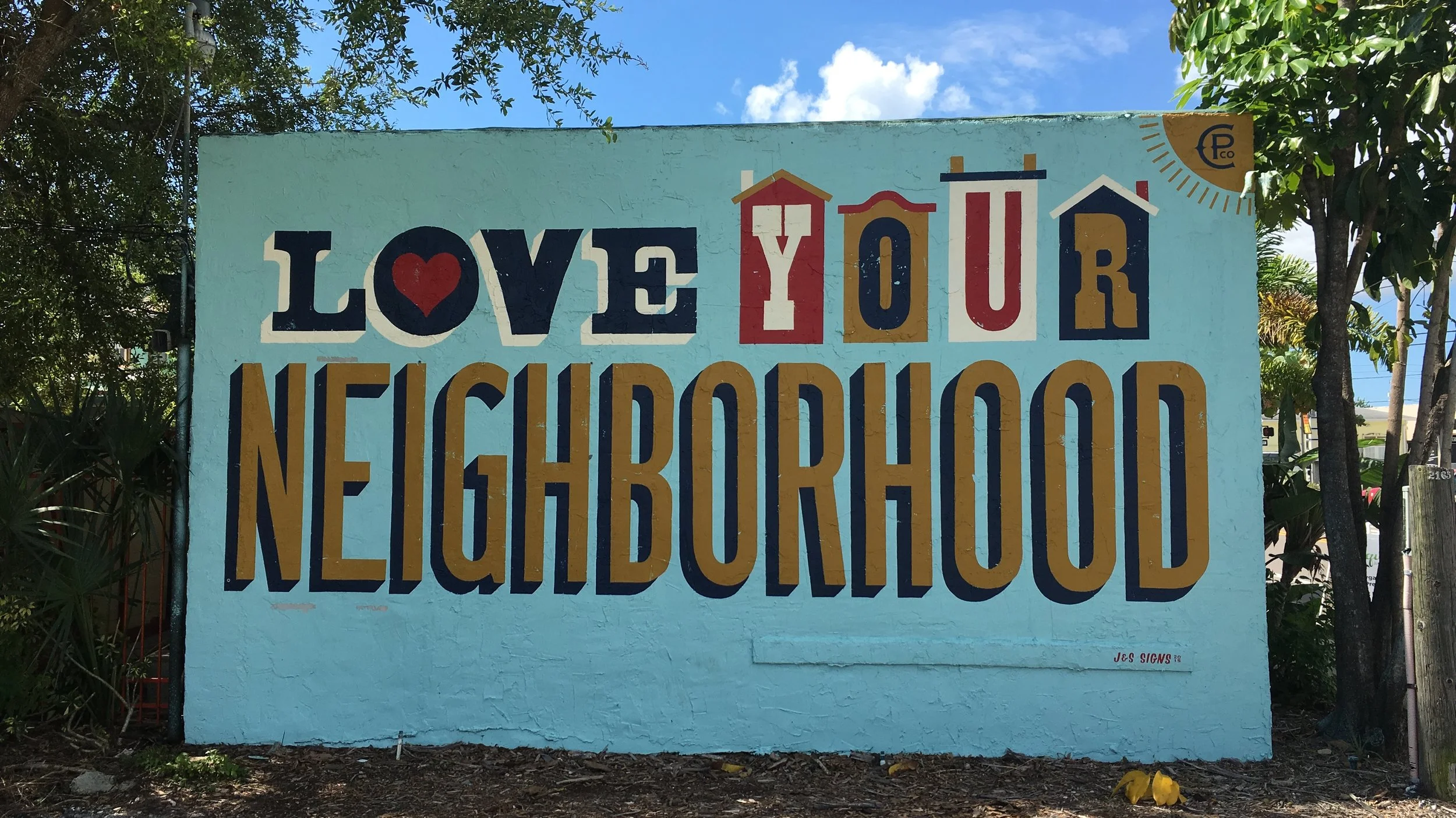I am very excited to meet Dr. Ray Oldenburg this coming week. Oldenburg is the author of The Great Good Place, which began the conversation about the importance of “third spaces” like coffee shops, cafes, parks and public gathering spaces. My friends at St. Petersburg Preservation are bringing him into town for a lecture and were gracious enough to arrange for us to meet.
Place makers today take for granted the idea of the importance of the third space – that which is not home or work. Yet when Dr. Oldenburg first published his book in 1989, this was a revolutionary as Robert Putnam’s Bowling Alone or Richard Florida’s Rise of the Creative Class. Third spaces today are seen as key drivers in successful places because of the social interaction they engender, the equality of status they convey upon citizens and the general good feelings (love if you will!) they create. Yet less than a generation ago, these things were thought frivolous and ‘nice to have’ but not necessary. How far we have come and we have pioneers like Dr. Oldenburg to thank for the great places we now enjoy.











